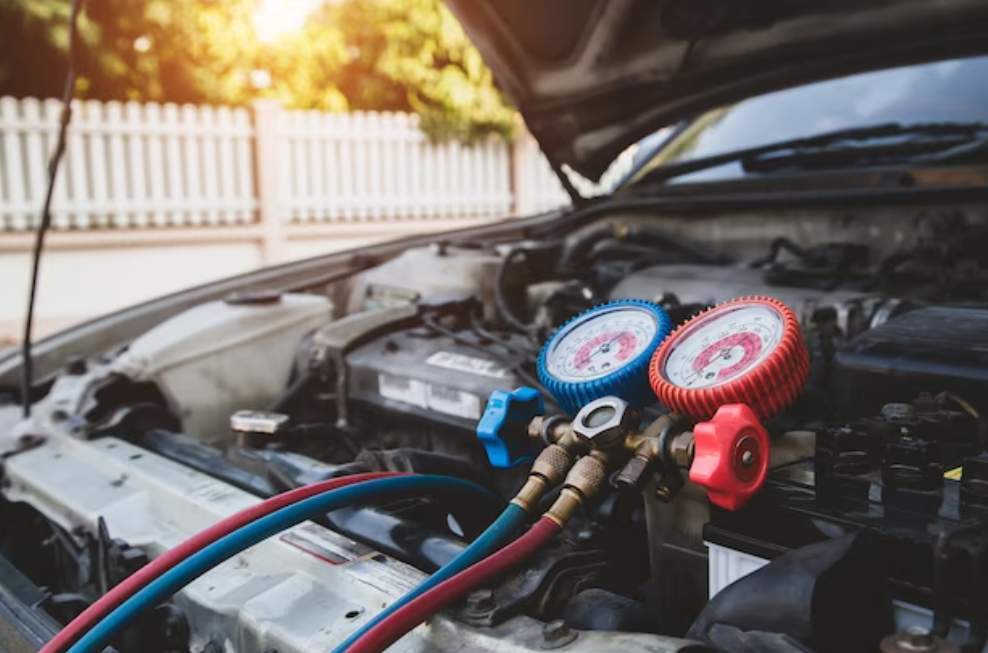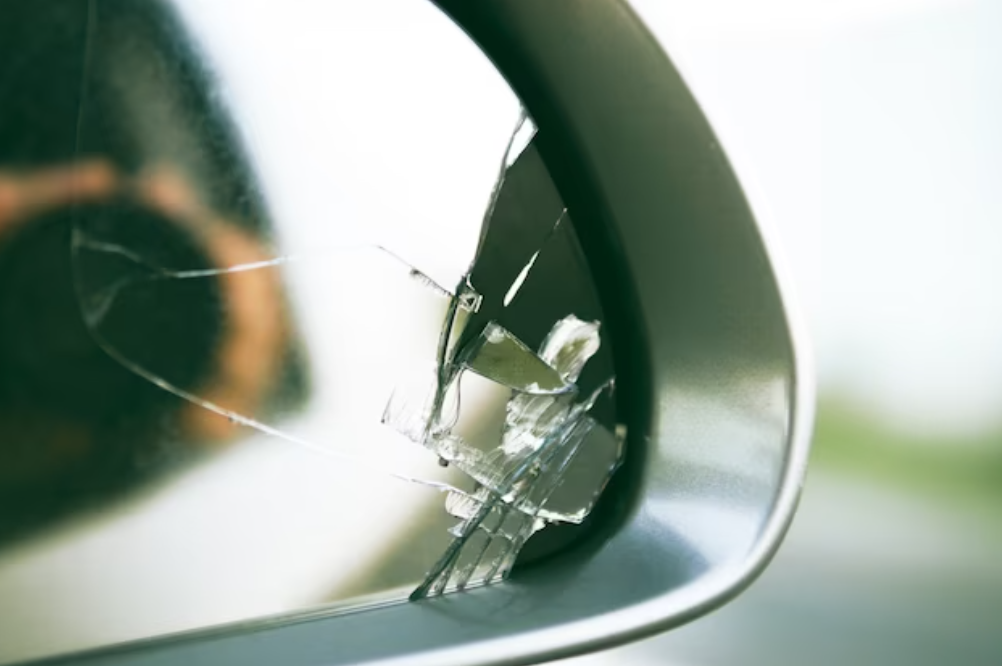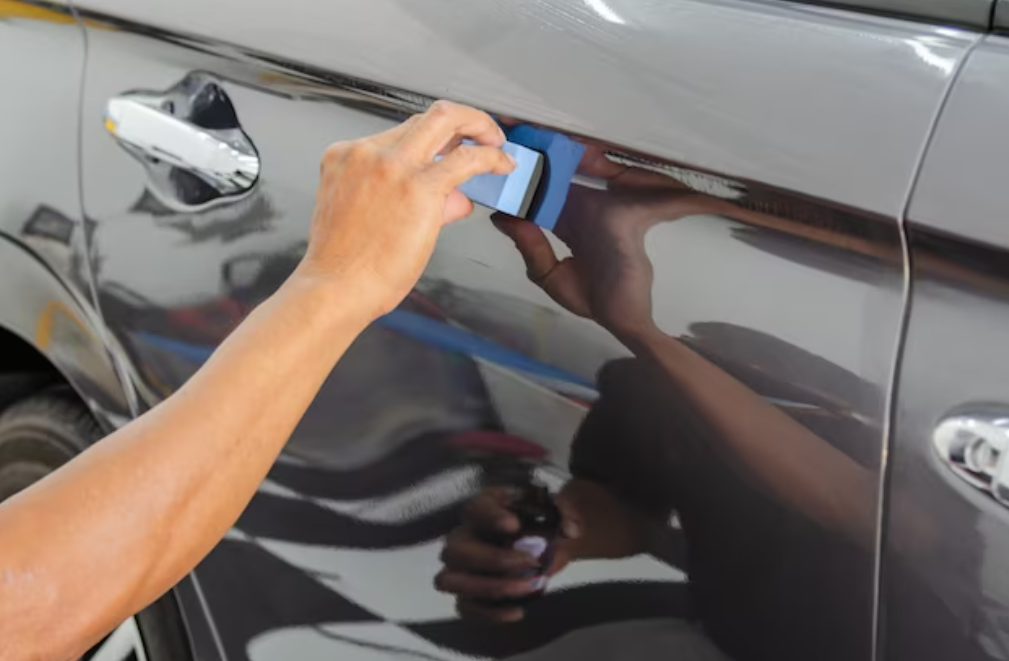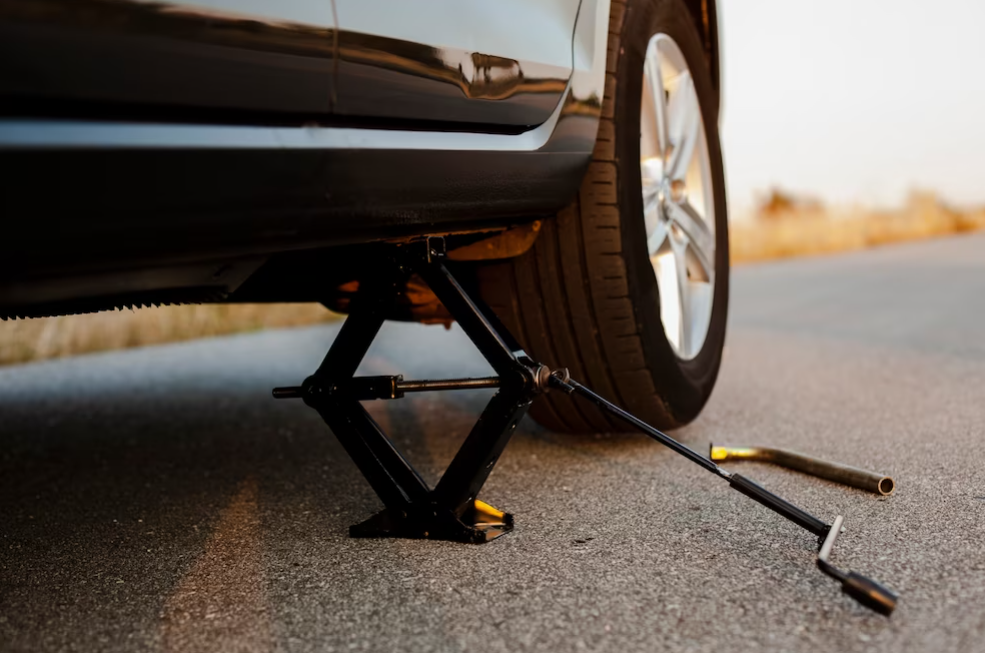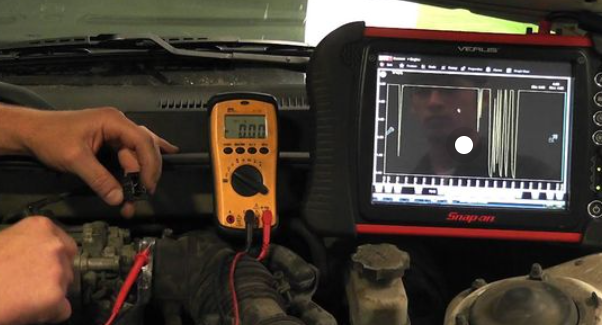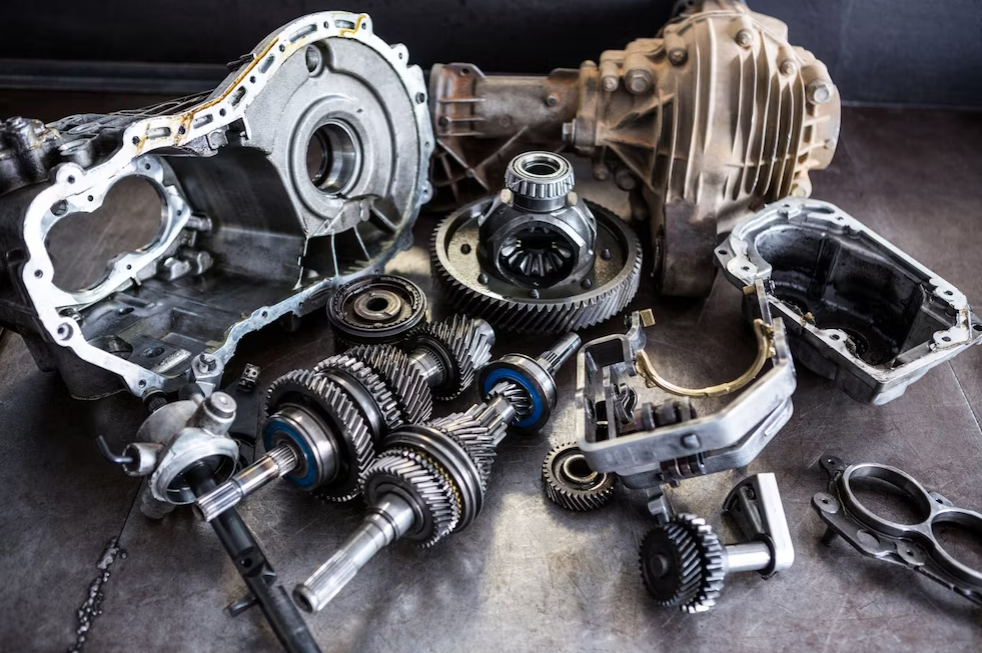Mastering the Art of Stone Chip Repair: A Comprehensive Guide
Stone chips are an unfortunate reality of owning a vehicle. If left ignored, even little defects on your car's paintwork can be unattractive and potentially cause more serious harm. Fortunately, fixing stone chips is a skill that you can learn with a little preparation and the appropriate equipment. We'll give you a thorough tutorial on how to fix stone chips in this blog article, assuring a perfect finish that will restore your car's original appearance.

Why Cars Can Have Stone Chips
Cars can develop stone chips due to various reasons, and it's a common issue that many drivers face. Here are a few reasons why cars can have stone chips:
Road Debris: While driving, your vehicle is exposed to various types of road debris, such as loose gravel, small rocks, and other particles. When your car's tires encounter these objects, they can be kicked up and propelled towards your vehicle's paintwork, causing stone chips.
High-Speed Driving: Driving at higher speeds increases the likelihood of encountering road debris. As your vehicle moves faster, the force with which debris strikes the car's surface also increases, leading to more significant impact and potential stone chip formation.
Construction Zones: Construction zones often have loose gravel, stones, or other materials that can be easily picked up by passing vehicles. These construction-related materials can be particularly harmful to your car's paintwork, resulting in stone chips.
Weather Conditions: Harsh weather conditions, such as hailstorms, can cause small hailstones to pelt your vehicle's surface. These hailstones can create multiple stone chips, especially if the hail is large or the storm is intense.
Following Other Vehicles: When driving behind other vehicles, especially on unpaved or gravel roads, the tires of the vehicle ahead can throw debris backward. If your vehicle is following closely, the debris can hit your car's front surface, leading to stone chips.
Improper Road Maintenance: In some cases, poorly maintained roads or road repair work may leave loose gravel, rocks, or other debris on the driving surface. When vehicles pass over these areas, the loose debris can cause stone chips.
- Touch-up paint: Get the color and paint code for your car from the manufacturer or dealership.
- Clear coat: A transparent protective layer that will be applied over the touch-up paint.
- Fine-grit sandpaper: Use 320- or 400-grit sandpaper to prepare the surface for touch-up.
- Paint prep solvent: To clean and degrease the affected area before starting the repair.
- Masking tape: Protects the surrounding paint from accidental application.
- Paint applicators: Fine-tipped brushes, touch-up pens, or paint syringes for precise application.
- Microfiber cloth: For cleaning and drying the surface.
- Polishing compound: To restore the shine and blend the repaired area with the surrounding paint.
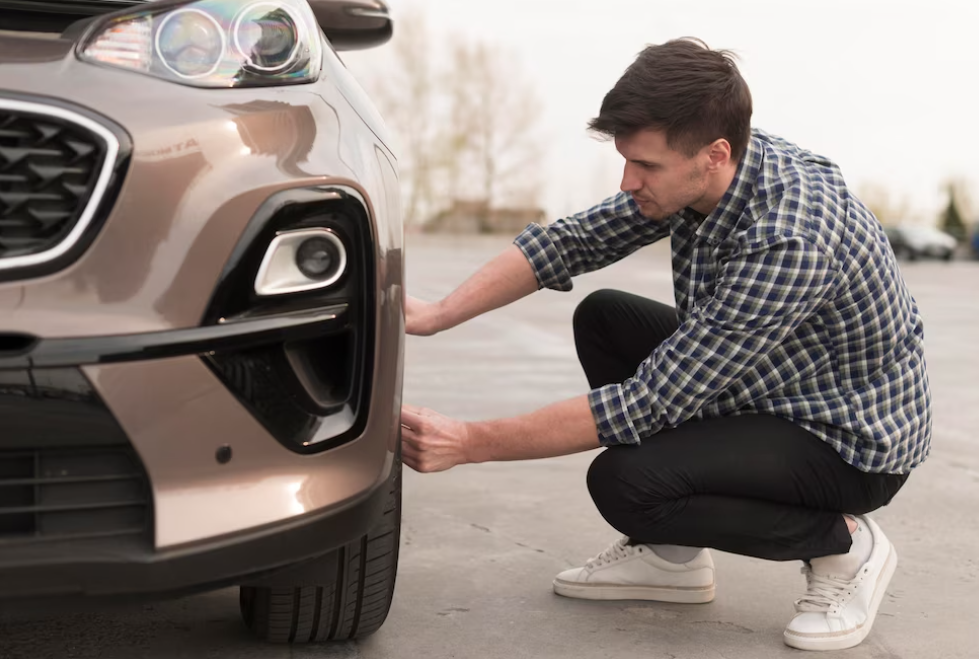
Clean the chip: Thoroughly clean the affected area using a paint prep solvent. This will remove any dirt, wax, or contaminants that could hinder the adhesion of the touch-up paint.
Prepare the surface: Sand the chip's edges gently with fine-grit sandpaper. This contributes to a more seamless transition between the damaged region and the surrounding paint. Sanding beyond the chip may result in a bigger area that has to be touched up.
Apply masking tape: Surround the stone chip with masking tape, leaving a small border around it. This will protect the surrounding paint from accidental paint application.
Apply touch-up paint: Apply the touch-up paint on the stone chips with your preferred paint applicator. Begin with little quantities and build up the layers gradually, allowing each coat to dry before applying the next. To compensate for shrinking when drying, aim for a slightly raised finish.
Allow the paint to dry: Follow the manufacturer's instructions for drying time. It's crucial to give the touch-up paint enough time to cure fully before proceeding.
Apply clear coat: Apply a thin layer of clear coat over the dry touch-up paint. The clear coat protects the touch-up paint and provides it a shiny appearance. Allow the clear coat to completely dry.
Sand and polish: If necessary, lightly sand the repaired area with fine-grit sandpaper to ensure a smooth finish. Then, use a wax or polish to blend the repaired area with the surrounding paintwork. This step enhances the overall appearance of the repair.
-
Will the repaired area be as durable as the original paint?
When done appropriately, stone chip repairs can offer sufficient durability and protection. It's crucial to remember that touch-up paint often isn't as thick or long-lasting as factory-applied paint. Taking good care of your automobile, such as routine washing and waxing, will help the repair last longer.
-
Can I repair deep or large stone chips myself?
Deep or large stone chips that extend beyond the clear coat may require professional attention. Repairing such chips often involves more complex techniques, such as filling and blending the damaged area. It's best to consult a professional for these types of repairs to ensure optimal results.
See more review here: Top 10 Car Heads-Up Displays: Enhancing Convenience On The Road



